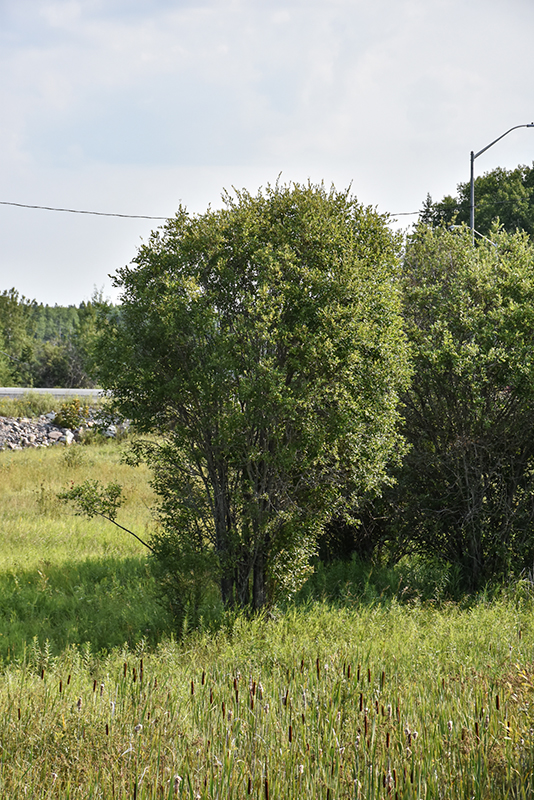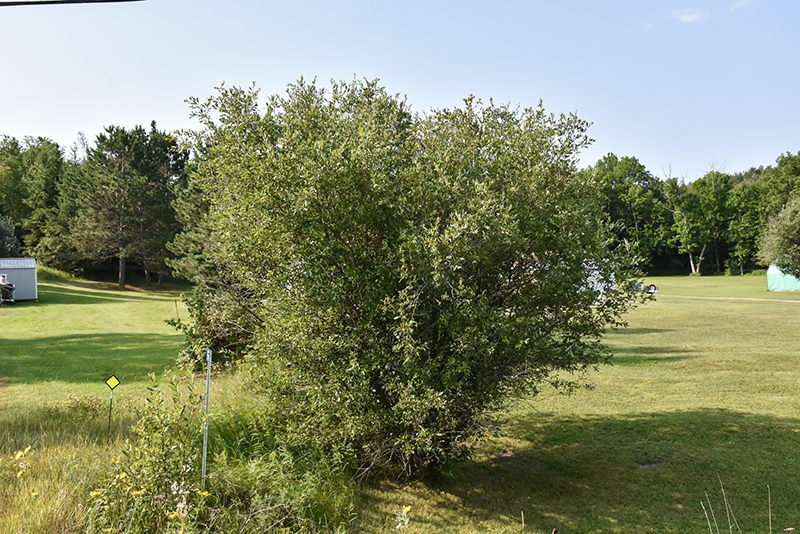Height: 16 feet
Spread: 10 feet
Sunlight:
![]()
![]()
Hardiness Zone: 2a
Other Names: Beaked Willow, Diamond Willow, Gray Willow
Description:
A fast growing and hardy variety that is highly adaptable to various conditions; can be maintained as shrubs or hedges; oval leaves are dull blue-green coated in downy hairs; prefers average to moist soils; light green-yellow catkins appear in late spring
Ornamental Features
Bebb Willow has bluish-green deciduous foliage on a plant with an upright spreading habit of growth. The fuzzy oval leaves do not develop any appreciable fall colour.
Landscape Attributes
Bebb Willow is a dense multi-stemmed deciduous shrub with an upright spreading habit of growth. Its average texture blends into the landscape, but can be balanced by one or two finer or coarser trees or shrubs for an effective composition.
This is a high maintenance shrub that will require regular care and upkeep, and is best pruned in late winter once the threat of extreme cold has passed. It is a good choice for attracting birds to your yard. Gardeners should be aware of the following characteristic(s) that may warrant special consideration;
- Messy
Bebb Willow is recommended for the following landscape applications;
- Hedges/Screening
- Bog Gardens
Planting & Growing
Bebb Willow will grow to be about 16 feet tall at maturity, with a spread of 10 feet. It has a low canopy with a typical clearance of 3 feet from the ground, and is suitable for planting under power lines. It grows at a fast rate, and under ideal conditions can be expected to live for 50 years or more.
This shrub does best in full sun to partial shade. It is quite adaptable, prefering to grow in average to wet conditions, and will even tolerate some standing water. This plant does not require much in the way of fertilizing once established. It is not particular as to soil type or pH. It is highly tolerant of urban pollution and will even thrive in inner city environments. This species is native to parts of North America.

